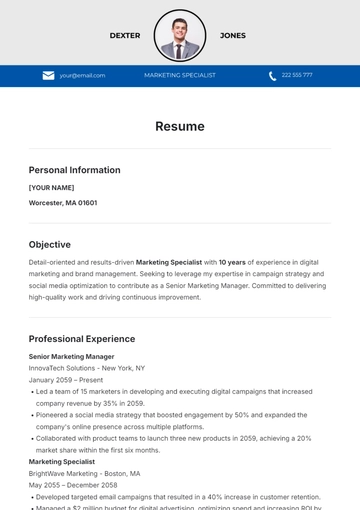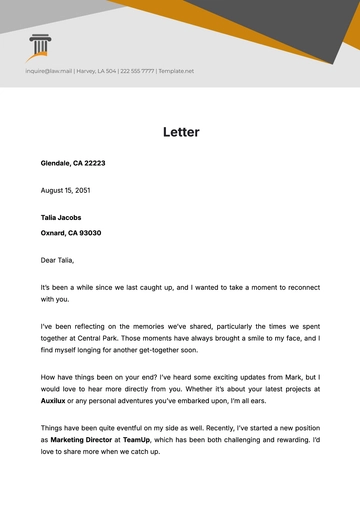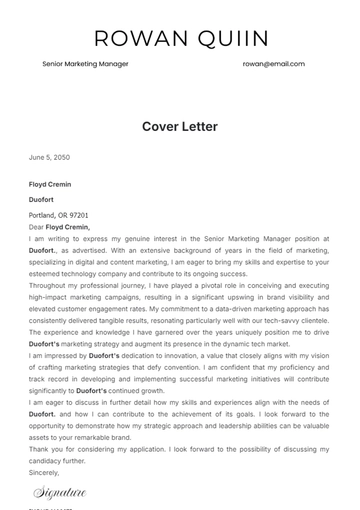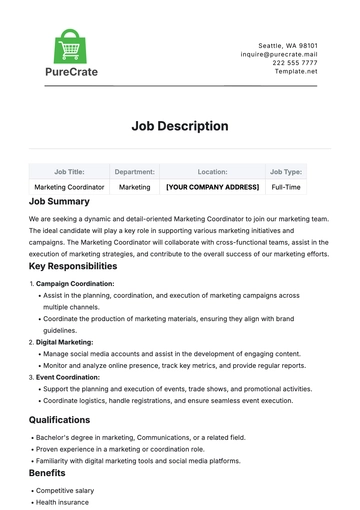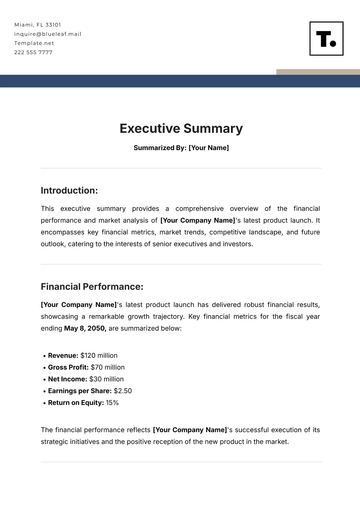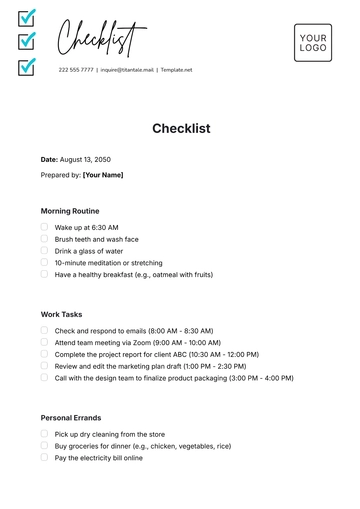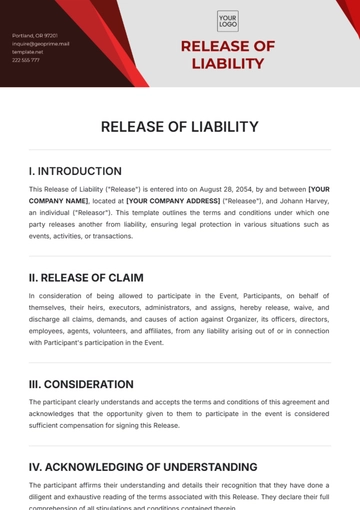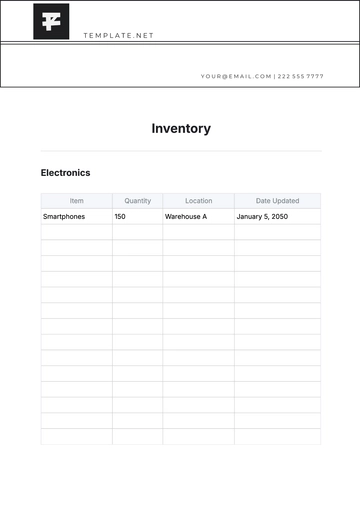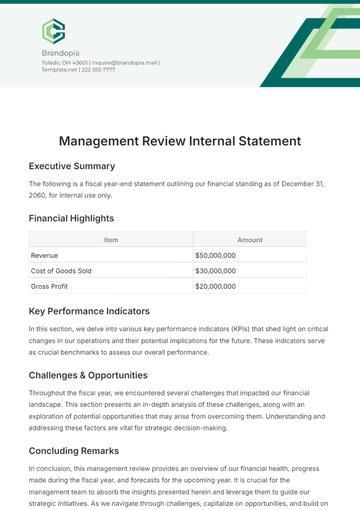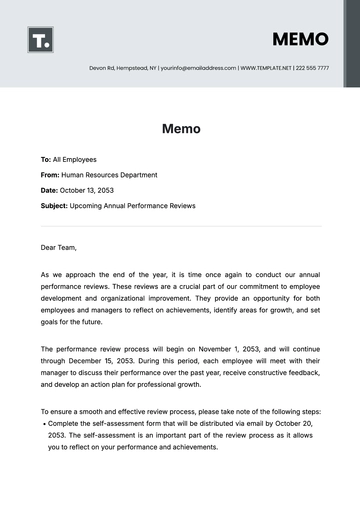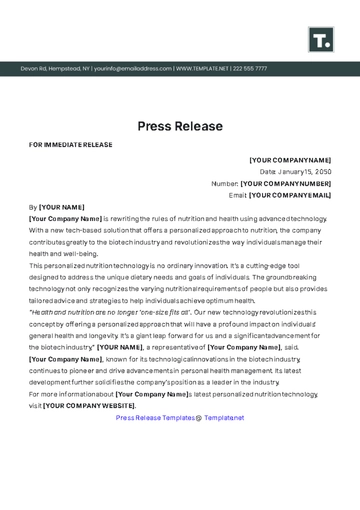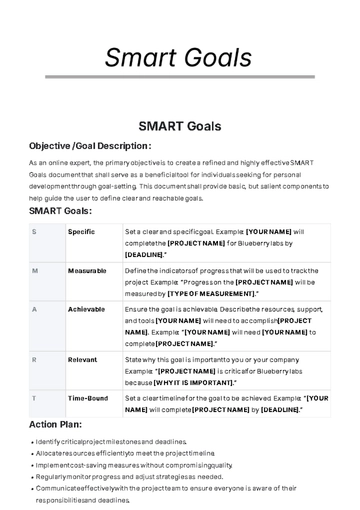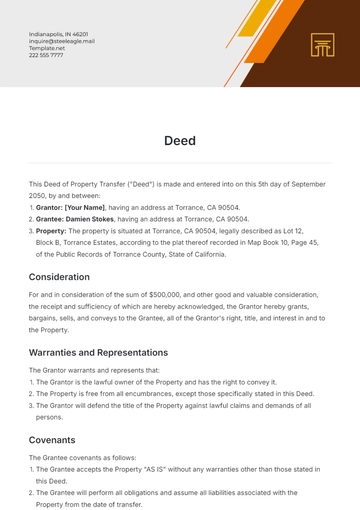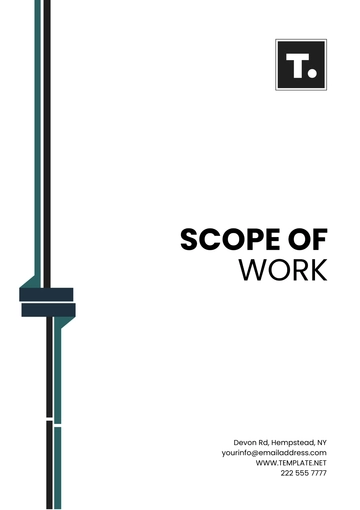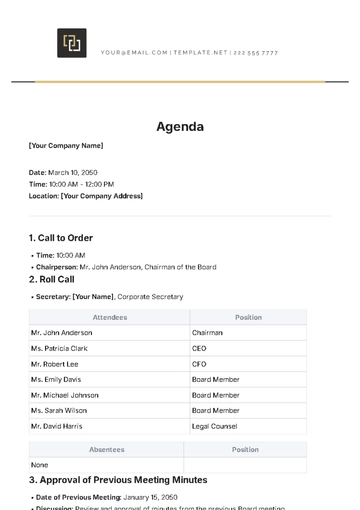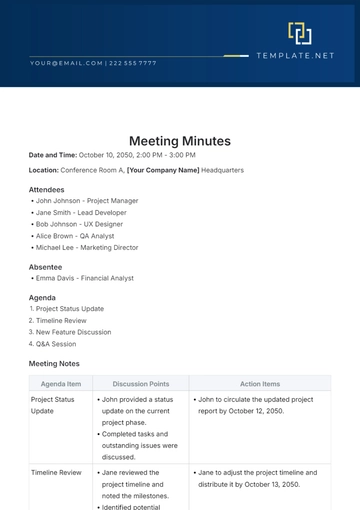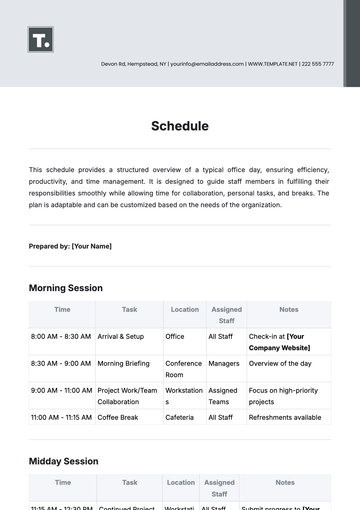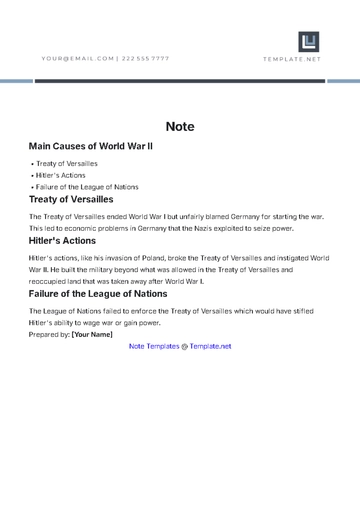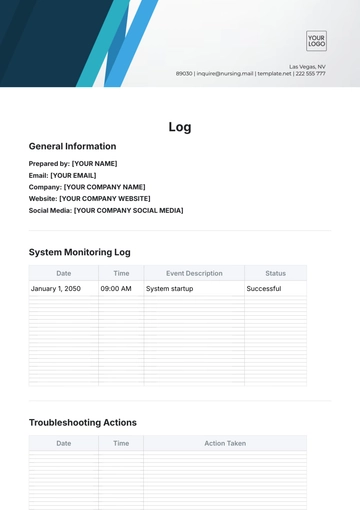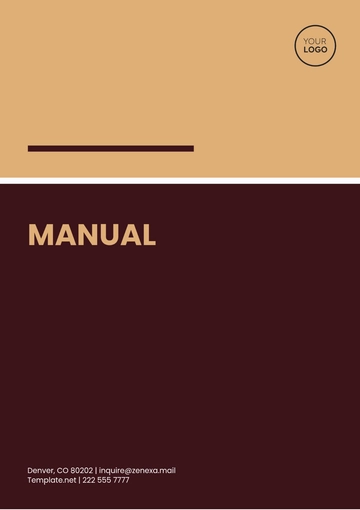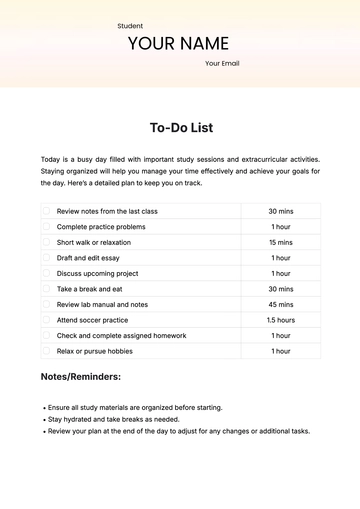Free Product Design Requirements Document
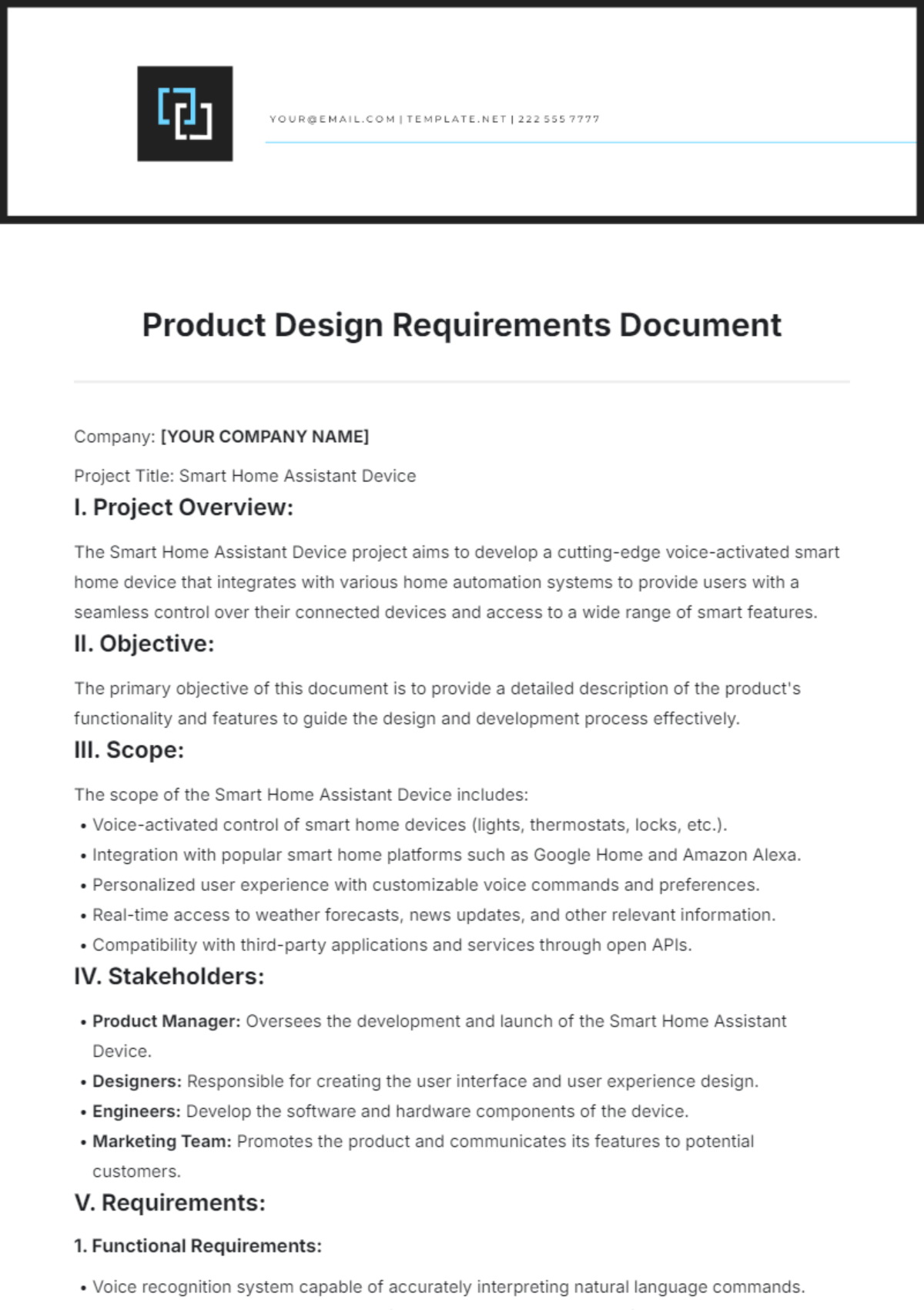
Company: [YOUR COMPANY NAME]
Project Title: Smart Home Assistant Device
I. Project Overview:
The Smart Home Assistant Device project aims to develop a cutting-edge voice-activated smart home device that integrates with various home automation systems to provide users with a seamless control over their connected devices and access to a wide range of smart features.
II. Objective:
The primary objective of this document is to provide a detailed description of the product's functionality and features to guide the design and development process effectively.
III. Scope:
The scope of the Smart Home Assistant Device includes:
Voice-activated control of smart home devices (lights, thermostats, locks, etc.).
Integration with popular smart home platforms such as Google Home and Amazon Alexa.
Personalized user experience with customizable voice commands and preferences.
Real-time access to weather forecasts, news updates, and other relevant information.
Compatibility with third-party applications and services through open APIs.
IV. Stakeholders:
Product Manager: Oversees the development and launch of the Smart Home Assistant Device.
Designers: Responsible for creating the user interface and user experience design.
Engineers: Develop the software and hardware components of the device.
Marketing Team: Promotes the product and communicates its features to potential customers.
V. Requirements:
1. Functional Requirements:
Voice recognition system capable of accurately interpreting natural language commands.
Seamless integration with a variety of smart home devices and platforms.
Ability to perform tasks such as adjusting lights, setting thermostats, and locking doors through voice commands.
Customizable user preferences for personalized interactions with the device.
Access to a wide range of services including weather updates, news briefs, and calendar reminders.
2. Non-Functional Requirements:
Response time: The device must respond to user commands within 2 seconds.
Security: Implement encryption protocols to secure user data and prevent unauthorized access.
Usability: Ensure intuitive user interface design and clear voice feedback for easy interaction.
3. User Stories:
As a user, I want to control my smart home devices using voice commands.
As a user, I want to receive personalized recommendations based on my usage patterns.
As a user, I want to integrate third-party applications like Spotify and Uber for enhanced functionality.
4. Wireframes and Mockups:
Provide wireframes and mockups illustrating the device's user interface design, including voice command examples and feedback responses.
5. Use Cases:
User activates the device with a wake word and issues a command to turn off the lights.
User sets a reminder for an upcoming appointment using voice command.
User asks for weather updates for their location.
VI. Dependencies:
Integration with third-party APIs for accessing external services.
Availability of compatible smart home devices for testing and implementation.
VII. Risks and Mitigation:
Risk: Delays in third-party API integration.
Mitigation: Establish backup plans and alternative solutions for critical features.
VIII. Timeline:
Design Phase: 1 month
Development Phase: 3 months
Testing and QA: 1 month
Launch: 1 month
IX. Conclusion:
The Smart Home Assistant Device aims to revolutionize the way users interact with their smart home devices, providing a seamless and intuitive user experience through voice control and personalized features.
X. Appendix:
Technical specifications
Third-party API documentation
- 100% Customizable, free editor
- Access 1 Million+ Templates, photo’s & graphics
- Download or share as a template
- Click and replace photos, graphics, text, backgrounds
- Resize, crop, AI write & more
- Access advanced editor
Unleash creativity and functionality with the Product Design Requirements Document Template from Template.net. This comprehensive template offers a holistic approach to design planning. Editable in our Ai Editor Tool, it empowers you to customize every aspect, ensuring that your product design is innovative and user-centric. Get this customizable template today!
You may also like
Free
Free CV Template

- Resume
- Cover Letter
- Report
- Budget
- Lesson Plan
- Itinerary
- Resignation Letter
- Letter
- Job Description
- To Do List
- CV
- Proposal
- Business Plan
- Checklist
- List
- Smart Goal
- Executive Summary
- Agenda
- Analysis
- Press Release
- Memo
- Note
- Action Plans
- Script
- Essay
- Brief
- Syllabus
- Tracker
- Contract
- Agreement
- Bill of Sale
- Case Study
- White Paper
- Statement
- Will
- Deed
- Notice
- Scope of Work
